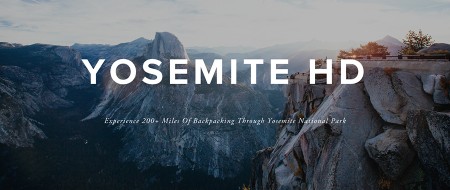
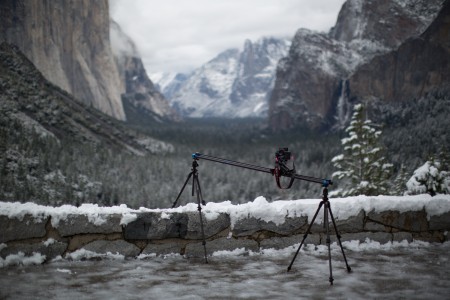
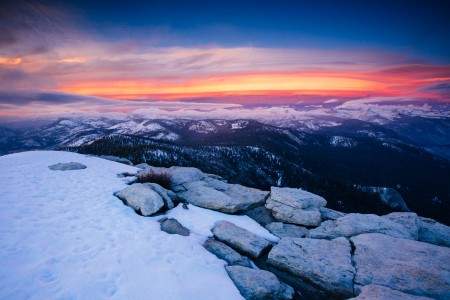
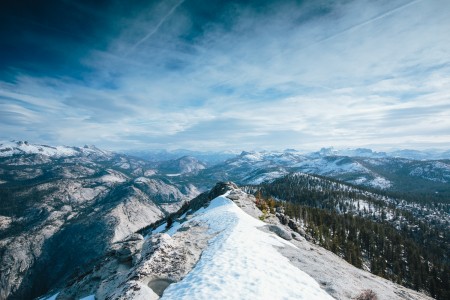
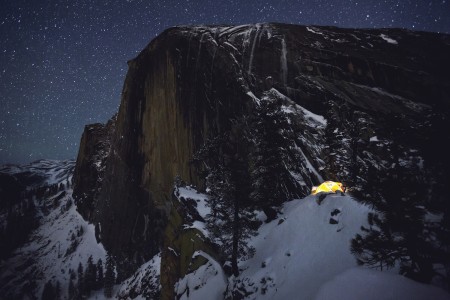
Yosemite HD II from Project Yosemite on Vimeo.
Photographers Colin Delehanty and Sheldon Neill have created an absolutely stunning piece of time lapse photography of Yosemite National Park. I’m always a sucker for these kind of videos because you can get an idea of how nature works and they’re beautiful. Colin and Sheldon worked for two years together to create this piece and trekked over 200 plus miles of rugged, burly terrain in the High Sierras of Yosemite National Park. It’s projects like these that keep me inspired to keep trekking outdoors.
Check out the website for Project Yosemite and from there you can get an in depth break down of frequently asked questions and gear used to create this video:
http://www.projectyose.com
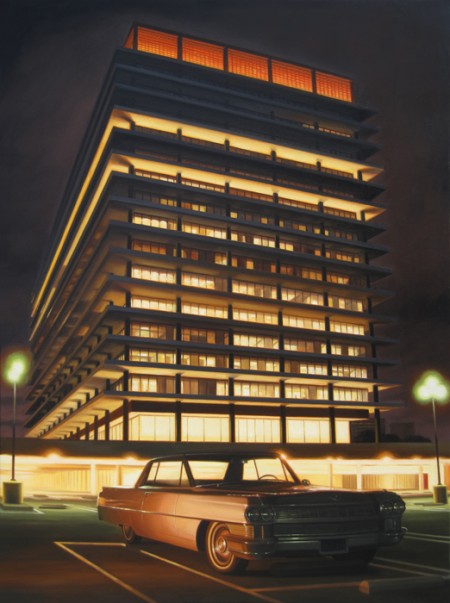
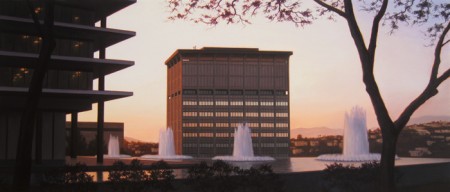
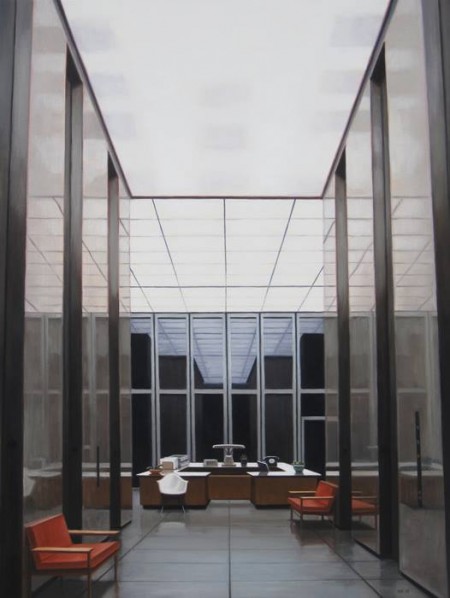
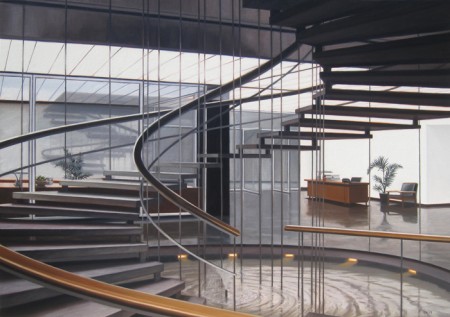
Oil painter Danny Heller is back and has created a new, breathtaking series titled “City Modernism”. I’ve been following Danny for almost seven years now and as he keeps tacking on the years of experience, one can see the subtle growth and maturity in his works. I cannot praise Danny’s work enough. I never really understood what people meant when they talked about finding art that hits your soul in a way that you must own it until I saw Danny’s work for the first time. His work is really something to see in person. Speaking of which…
Danny will be presenting his new works at the George Billis gallery here in Los Angeles this weekend. If you live in the Los Angeles area, drop by the opening reception and check his work out, meet Danny and I’ll be there as well on Saturday. Details for Danny’s “City Modernism” are listed below:
Opening Reception: Saturday October 19, 5-8 pm
October 19 – November 26
George Billis Gallery
2716 La Cienega Blvd.
Los Angeles, CA 90034
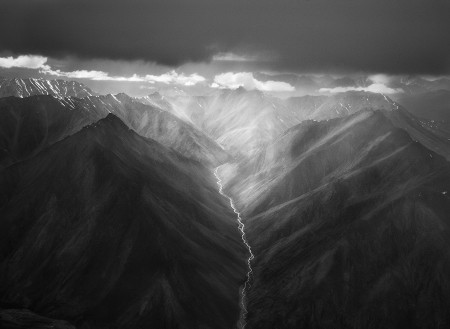
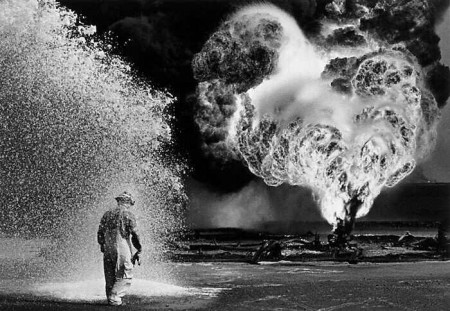
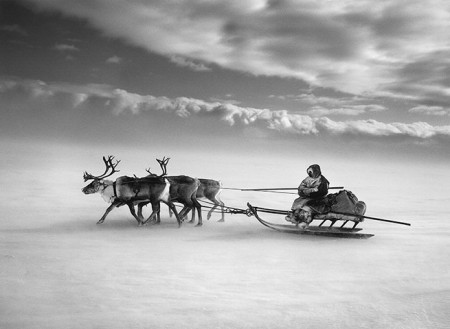
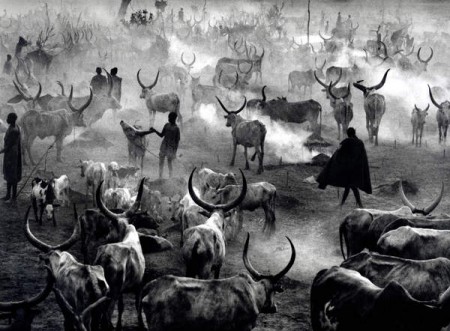
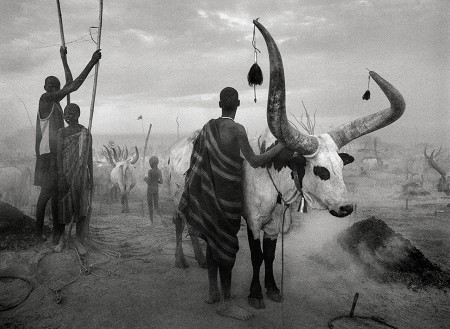
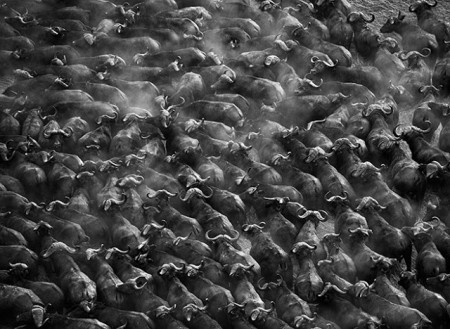

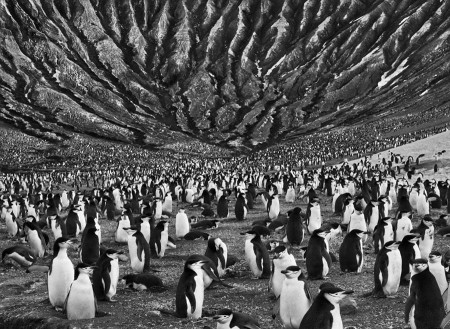
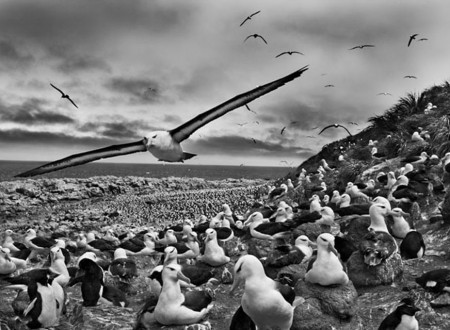

Perhaps I’m a little late on the Sebastião Salgado bandwagon but I’m really glad I jumped on. Sebastião Salgado is a veteran documentary / photojournalism photographer from Brazil. I believe most of the shots above were shot with a Leica M7 with mostly Kodak’s T-Max 400 film. I’ve also read that Mr. Salgado has switched to digital format in recent years. Either way, his photographs floored me. I was at Samy’s Camera here in Los Angeles and they had his book Genesis on display. I could have sat and viewed that book for days. Each image had me staring at it for a good length of time. Salgado’s work is the kind of work that makes me want to quit photography entirely because it’s just too good.
I could go on and on about his work but go ahead and do your own research on Sebastião Salgado.
Sebastião Salgado Wiki
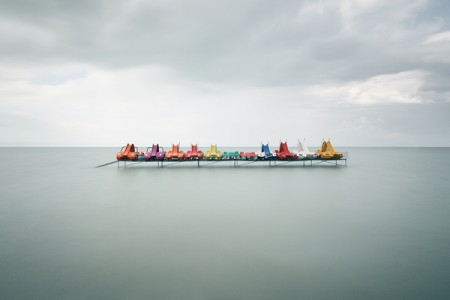
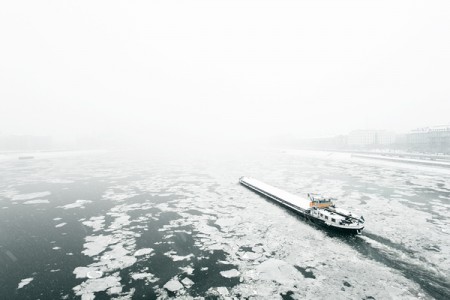

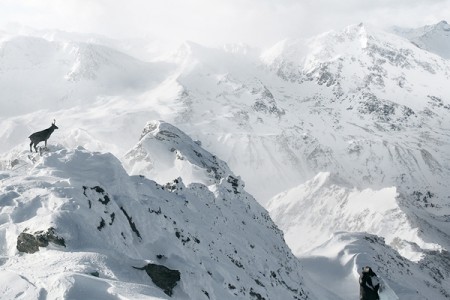
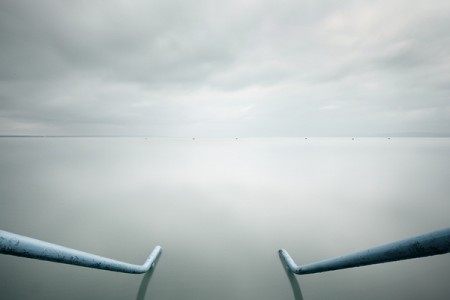
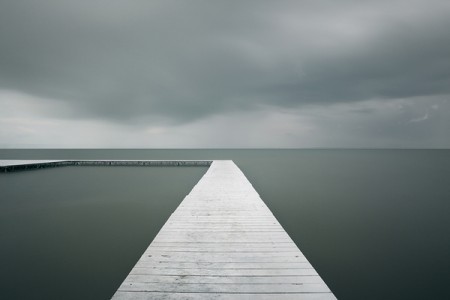
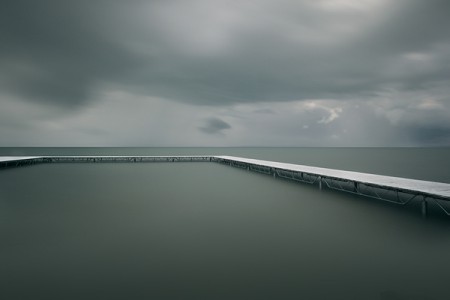
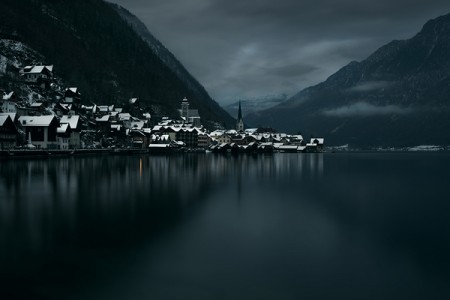
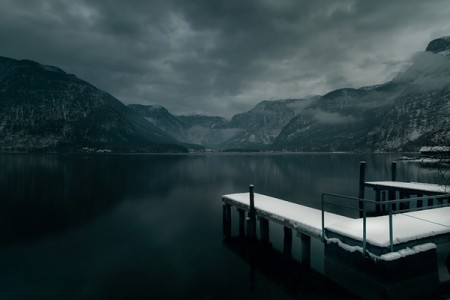
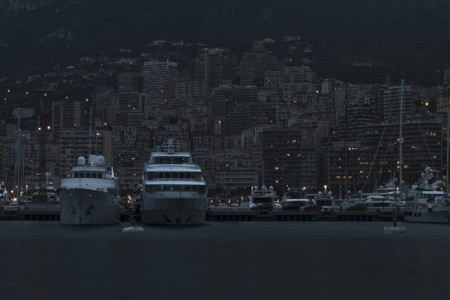
I’m really loving the beautiful tranquility of Hungarian photographer Akos Major’s photos. I really admire photographers who can achieve such a crisp, light tone in their images. When I look at Akos’ photographs, I can feel the solitude and cold air in these photos and in some, I can almost taste the air. They remind me of the quiet winter nights growing up in Wisconsin. Still to this day one of my favorite things to do is lay out in the woods while it’s snowing and listen to the snow flakes pelt the fabric on my jacket and surrounding trees.
To view more of Akos Major’s work, check out the photographer’s website:
AKOS MAJOR
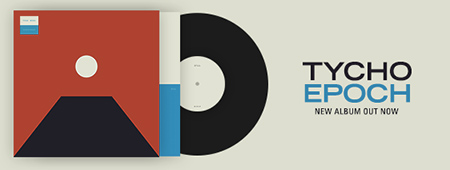
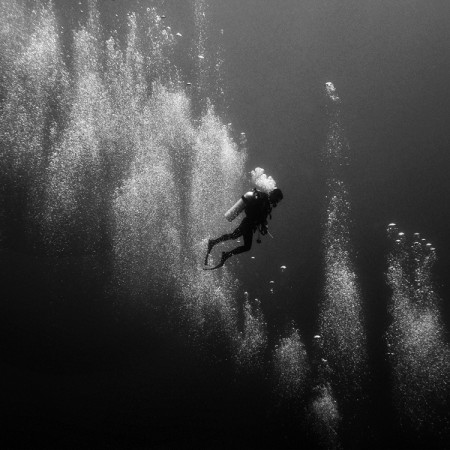
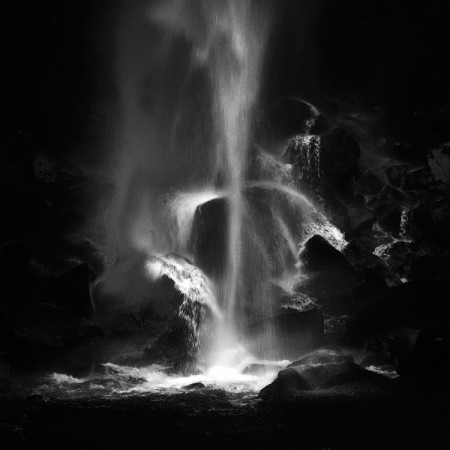
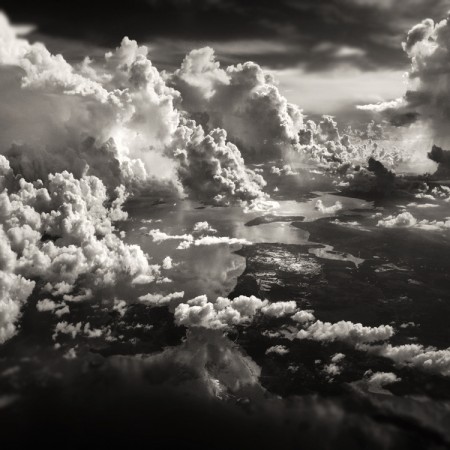
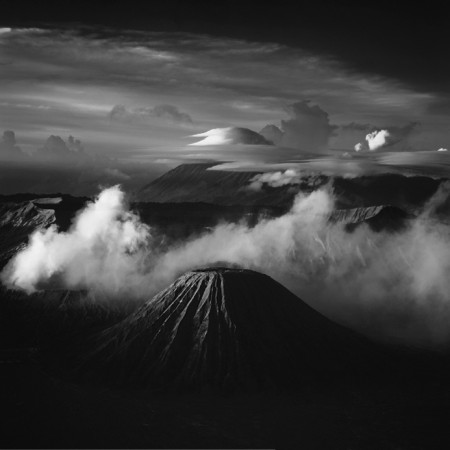
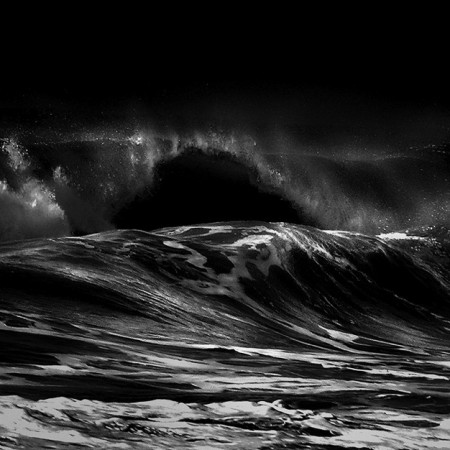
Hengki Koentjoro is a photographer from Indonesia, where most of these shots were taken. You can see more of his jaw-dropping work on his flickr. Any idea what kind of camera was used for these?
via Snowce


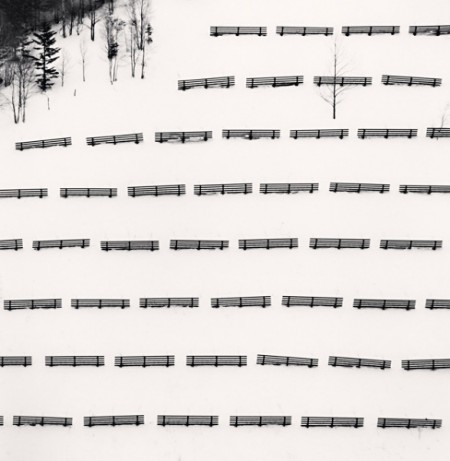
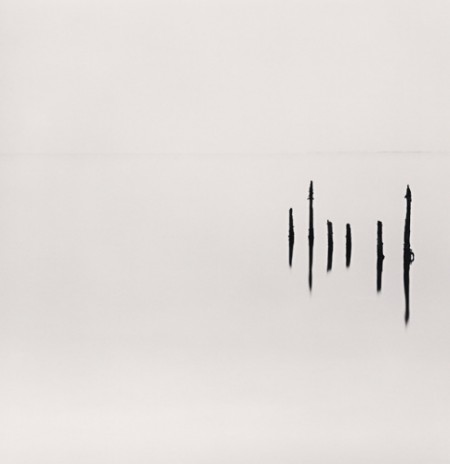

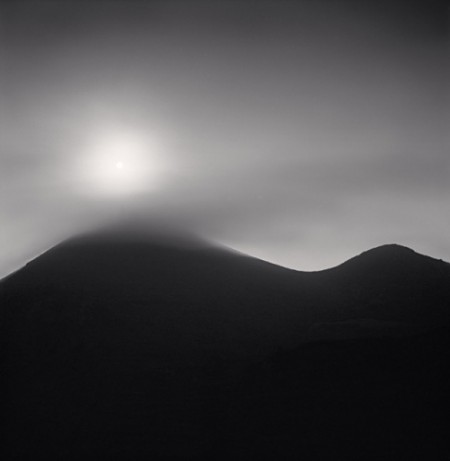
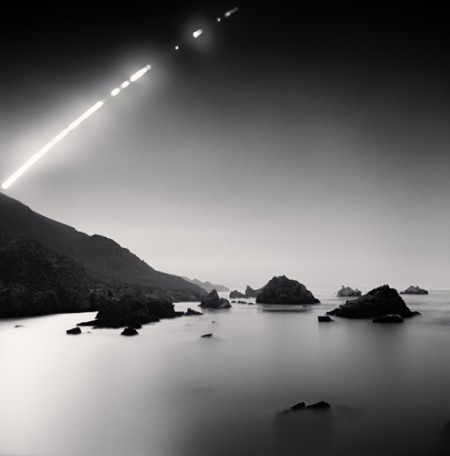
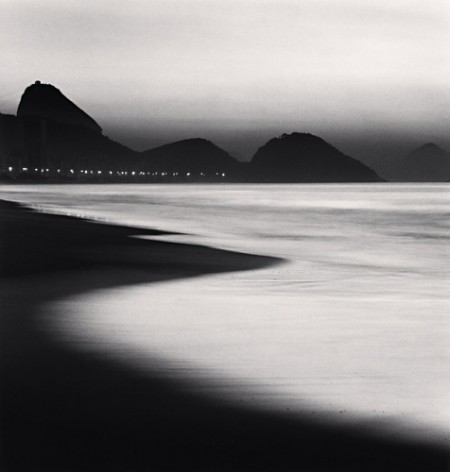
I came across Michael Kenna’s work through a recent dive into the “Photography Inspiration” folder on my hard drive. I don’t know how I missed them the first time, but I was immediately drawn to his series from Japan, and was even more amazed when I visited his website and saw the rest of his shots. Really inspiring images.
Check out the rest of his work here.
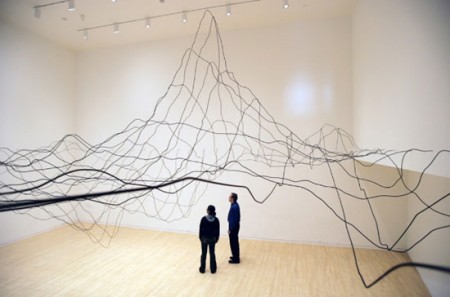
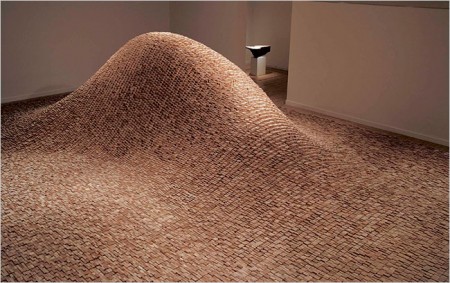
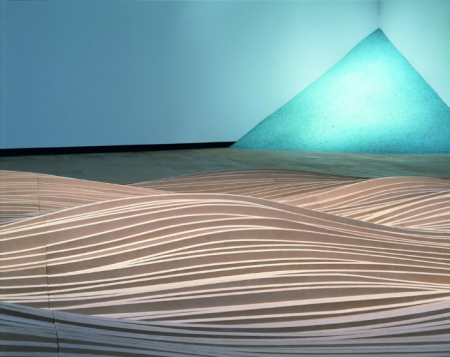
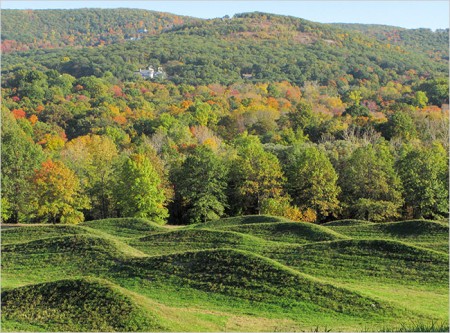
I saw Maya Lin speak this past Tuesday as part of the City Arts & Lecture series. The event was in part sponsored by the California Academy of Sciences and was a conversation between Maya and the Academy’s Ryan Wyatt, Director of Science Visualization. They walked through many of Maya’s projects, old and new, and discussed her approach to art and science. Much of the work that was shown (some of which is pictured above) I was not familiar with. As I am from Washington DC, I have always been aware of her design for the Vietnam Veterans Memorial. I was very much impressed with the way her work has evolved since then. (She was only 20 years old when she designed it.)
Science plays a major role in the work she is doing now. She is very intellectual in her approach and conducts a massive amount of research for each project. For example, her first of two pieces for the Academy of Science, entitled Where the Land Meets the Sea, was based on data from a US Geological Study mapping the topology of the San Francisco Bay. As with her Systematic Landscapes, she takes great care to humanize this data and give it new depth and life. The piece looks like a drawing, floating in space above the terrace, and she describes this melding of art and science as a “way to visualize our world in an effort to more fully understand it.”
Maya has a tremendous passion and curiosity for the world around her. She surrounds herself with mountains of research and works tirelessly to translate cold hard facts into more accessible and relatable pieces of art. Some of this stems from what she calls a “child like curiosity” to just see what it will look like, but there is also a very political aspect to her work. She wants to make people aware of the environment they take for granted, and she said a few times, “If we can’t see it, we pollute it.” Through constant collaboration with scientists, Maya is trying to help us see what we’re missing.
The work pictured above is: Systematic Landscapes (2), Topologies, and Wave Field, all of which can be seen on her website. All are very experiential, something she laments is lost in the stillness of a photograph. Better to visit in person if you can.















































